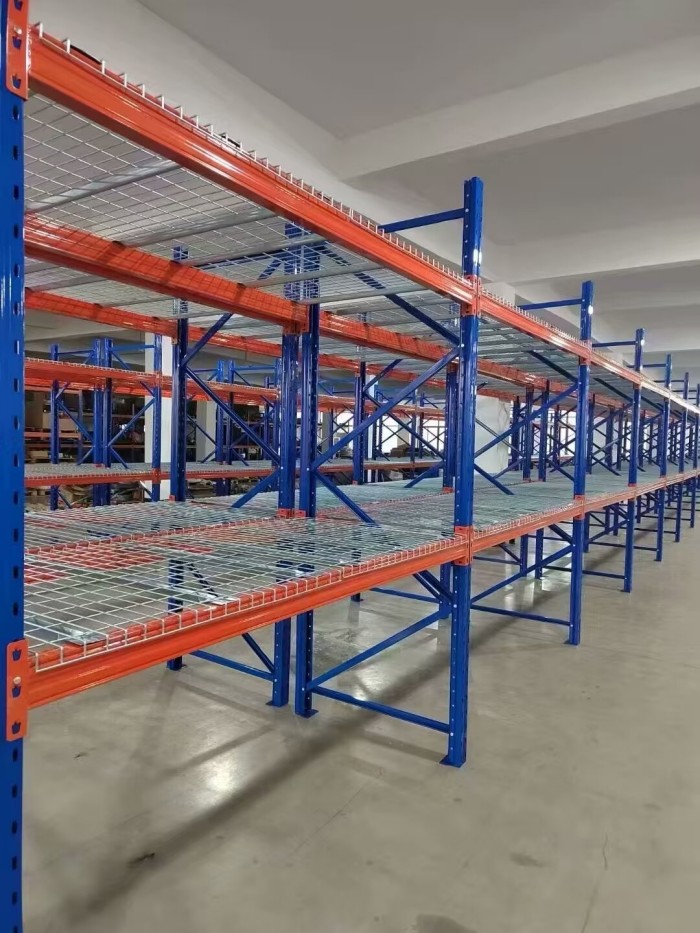Unveiling the Mystery: Why Does My Ceiling Leak after Heavy Rain?
Ceiling leaks can be a frustrating and concerning issue for homeowners, especially after heavy rain. Understanding the underlying causes behind this problem is crucial to effectively addressing and preventing further damage. In this blog post, we will delve into the various reasons why your ceiling may be leaking after heavy rain, providing professional insights and practical solutions.
- Roofing Issues:
One of the primary culprits behind a leaking ceiling after heavy rain is roofing problems. These can include damaged or missing shingles, cracked flashing, or deteriorated roof valleys. Water can penetrate through these vulnerable areas, seeping into your ceiling and causing leaks. Regular roof inspections and maintenance are essential to identify and address these issues promptly. - Clogged Gutters and Downspouts:
Another common cause of ceiling leaks is clogged gutters and downspouts. When debris accumulates in the gutters, it obstructs the flow of rainwater, leading to overflow. This excess water can then find its way into your ceiling, causing leaks. Regular gutter cleaning and maintenance are crucial to prevent such issues. - Faulty Ventilation:
Inadequate ventilation in your attic or roof can contribute to ceiling leaks after heavy rain. Poor ventilation traps moisture, which can lead to condensation and eventually cause water damage. Proper ventilation systems, including ridge vents, soffit vents, and exhaust fans, help regulate airflow and prevent moisture buildup. - Damaged or Improperly Installed Flashing:
Flashing is a crucial component of your roof that prevents water from seeping into vulnerable areas, such as chimneys, skylights, or roof joints. If the flashing is damaged, improperly installed, or deteriorated over time, it can allow water to infiltrate your ceiling during heavy rain. Regular inspection and maintenance of flashing are essential to ensure its effectiveness. - Cracks or Holes in the Roof:
Any cracks or holes in your roof can become entry points for rainwater, leading to ceiling leaks. These can be caused by various factors, such as aging, extreme weather conditions, or improper installation. Promptly addressing and repairing any visible cracks or holes is crucial to prevent further water damage.
Conclusion:
Ceiling leaks after heavy rain can be a distressing issue for homeowners, but understanding the underlying causes is the first step towards finding effective solutions. By addressing roofing issues, maintaining gutters and downspouts, ensuring proper ventilation, inspecting and maintaining flashing, and promptly repairing any cracks or holes, you can prevent and mitigate ceiling leaks. Remember, regular maintenance and timely repairs are key to keeping your ceiling dry and your home protected.


